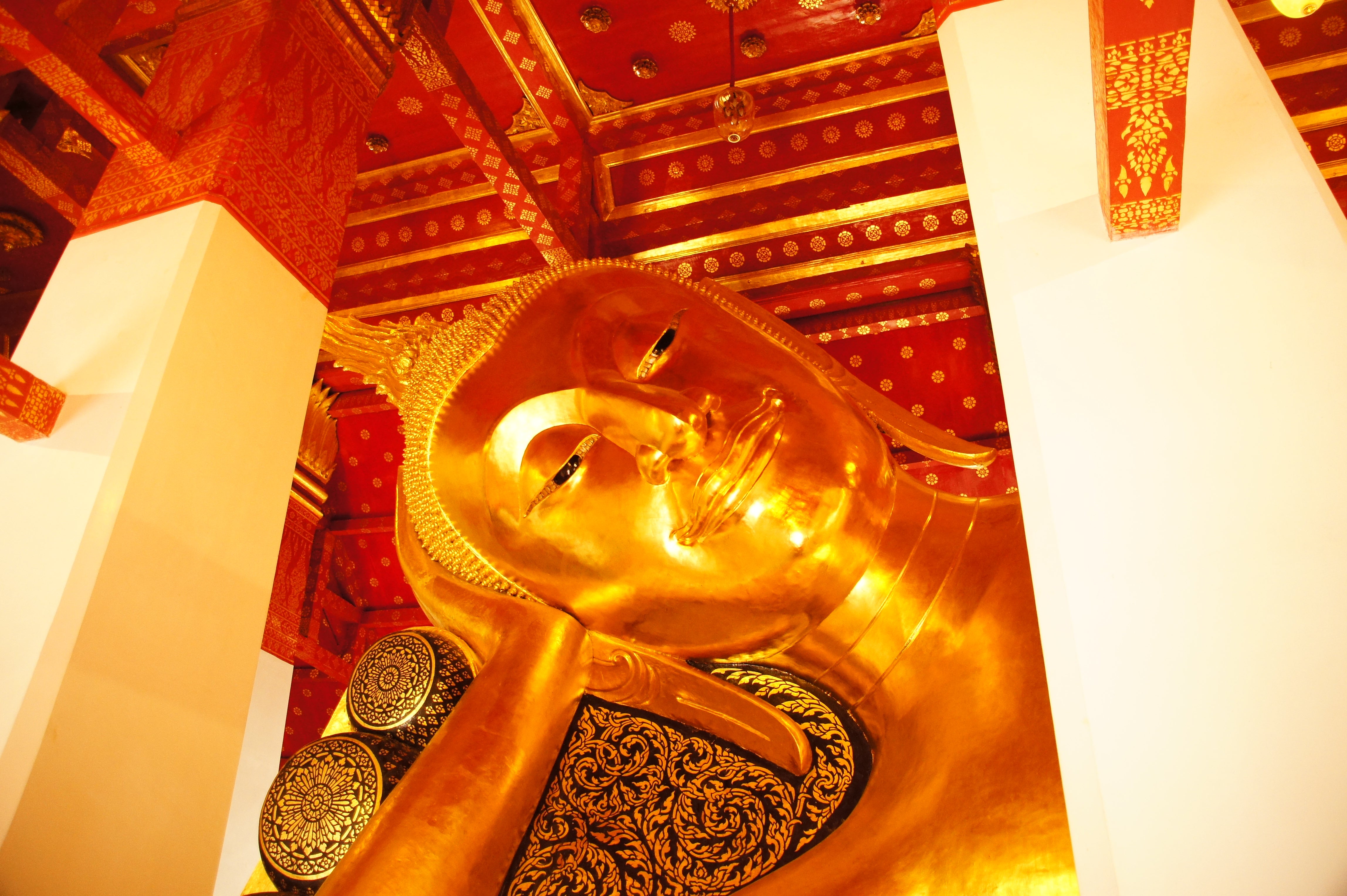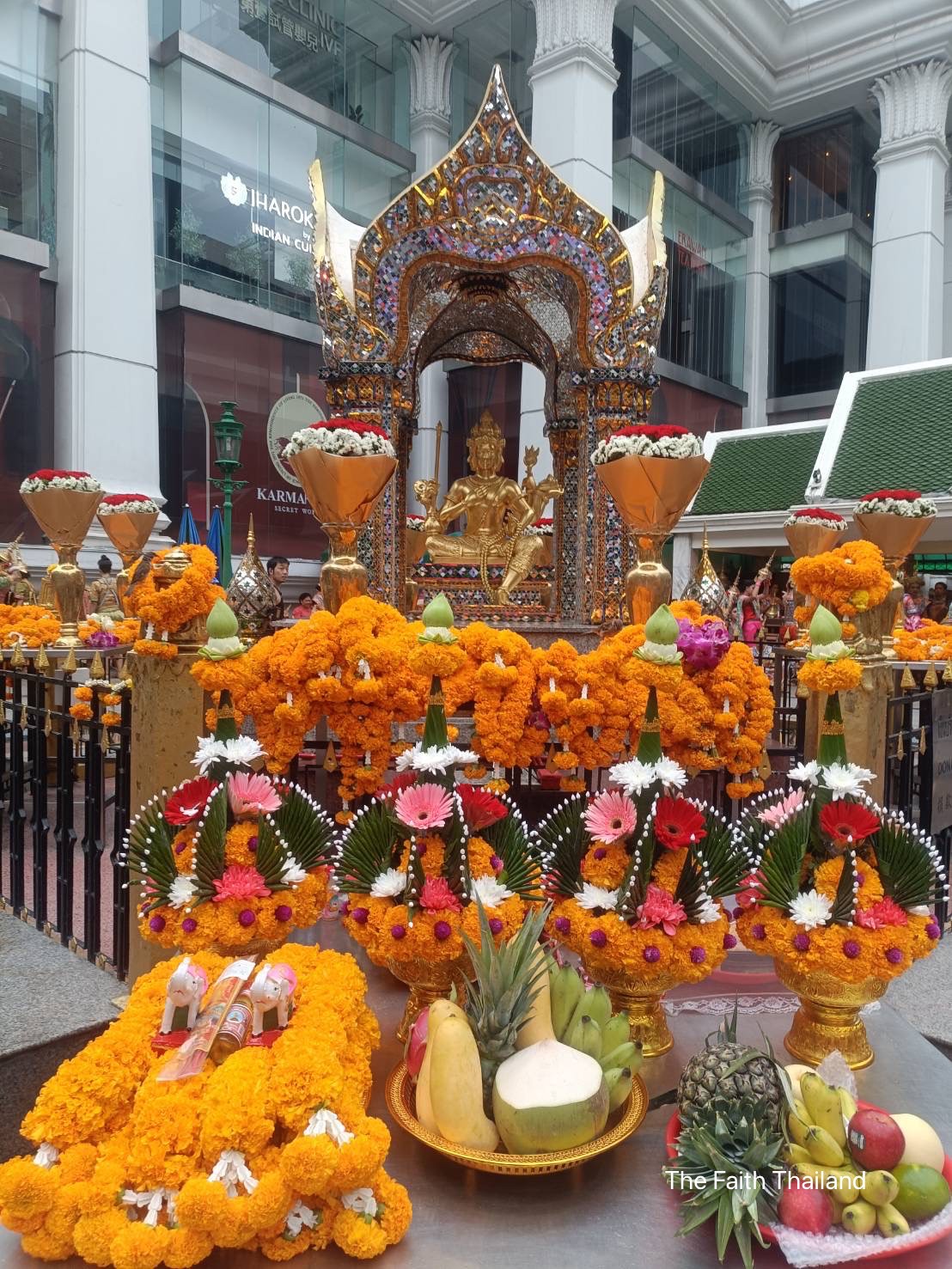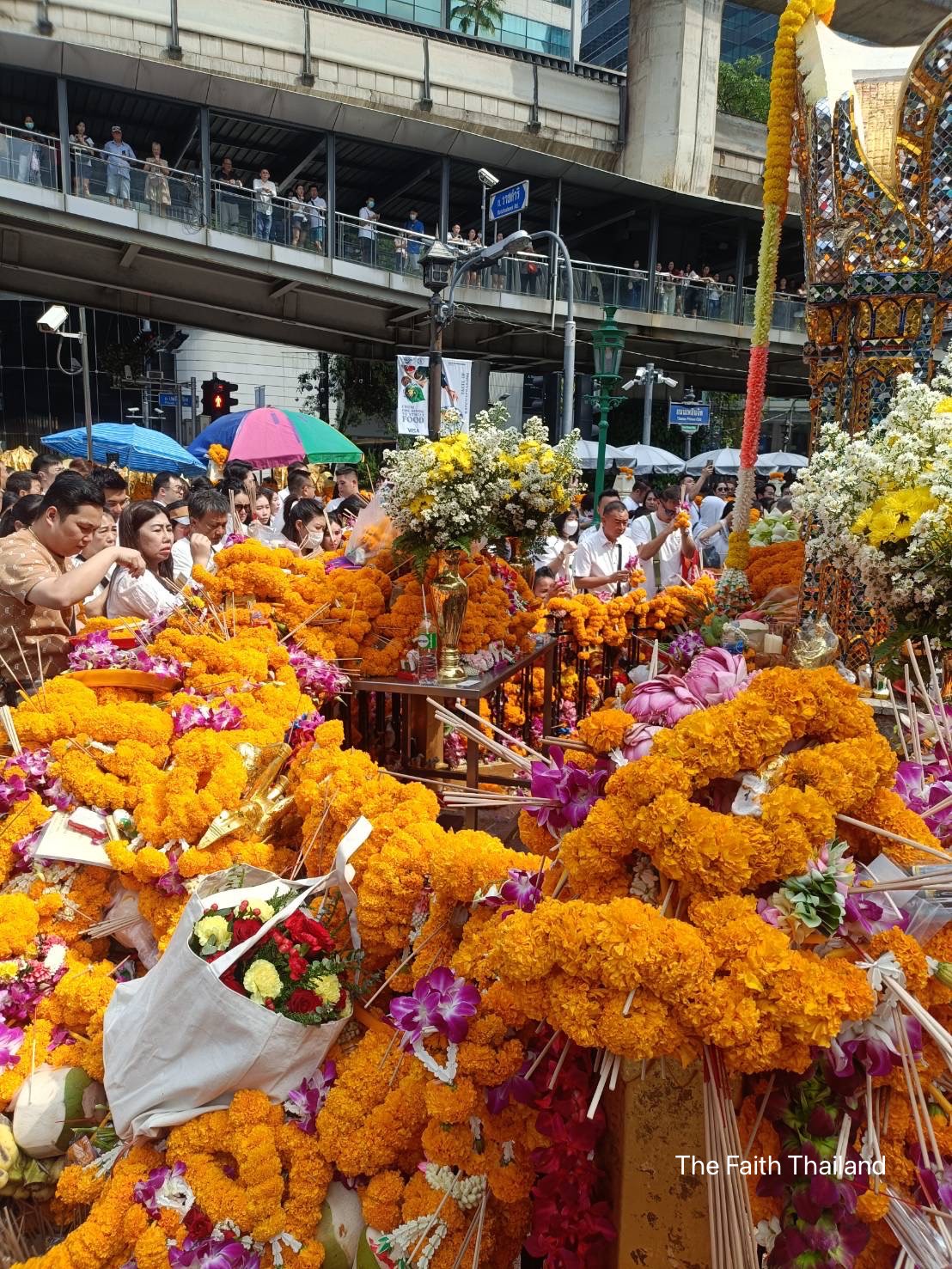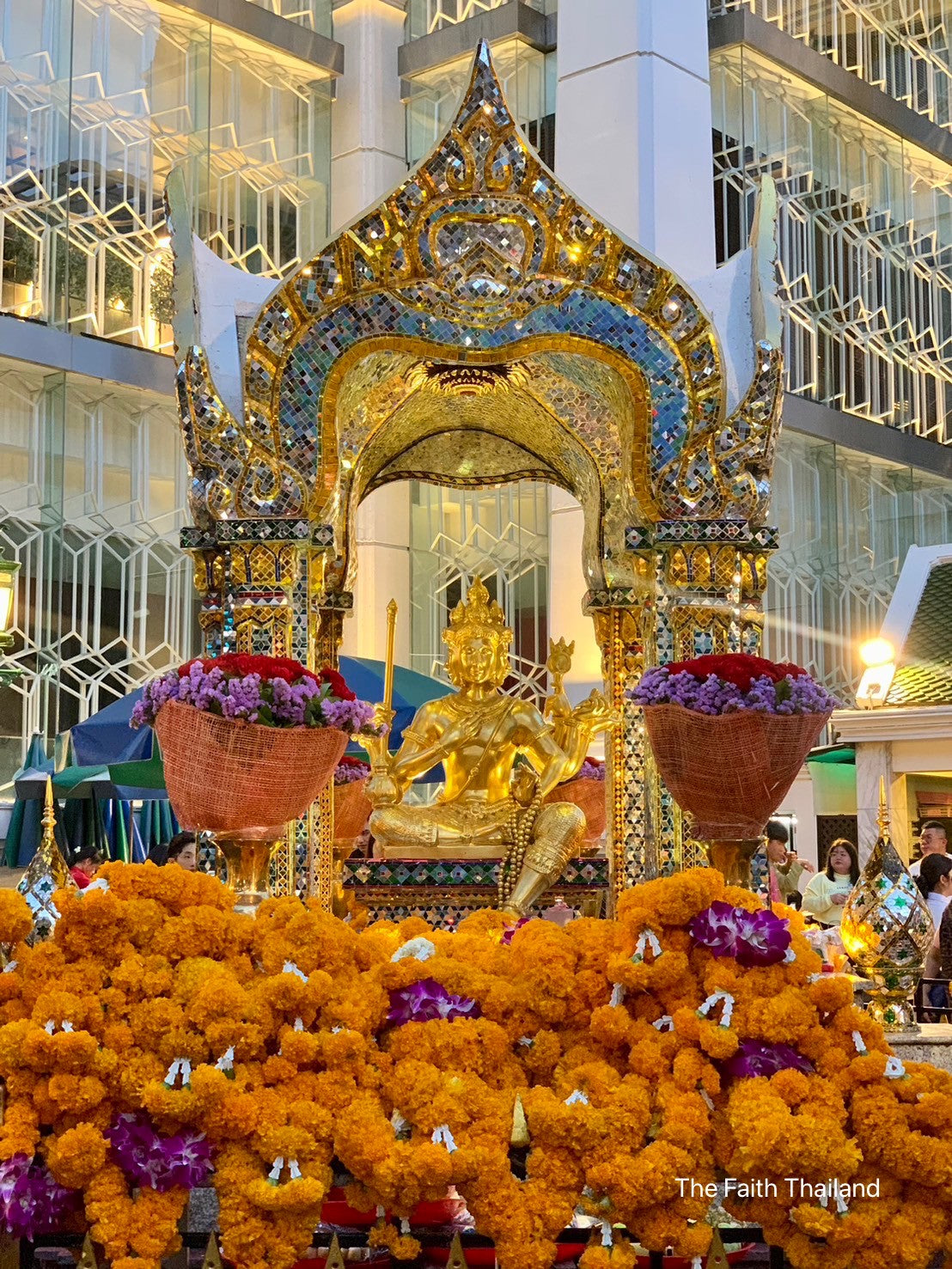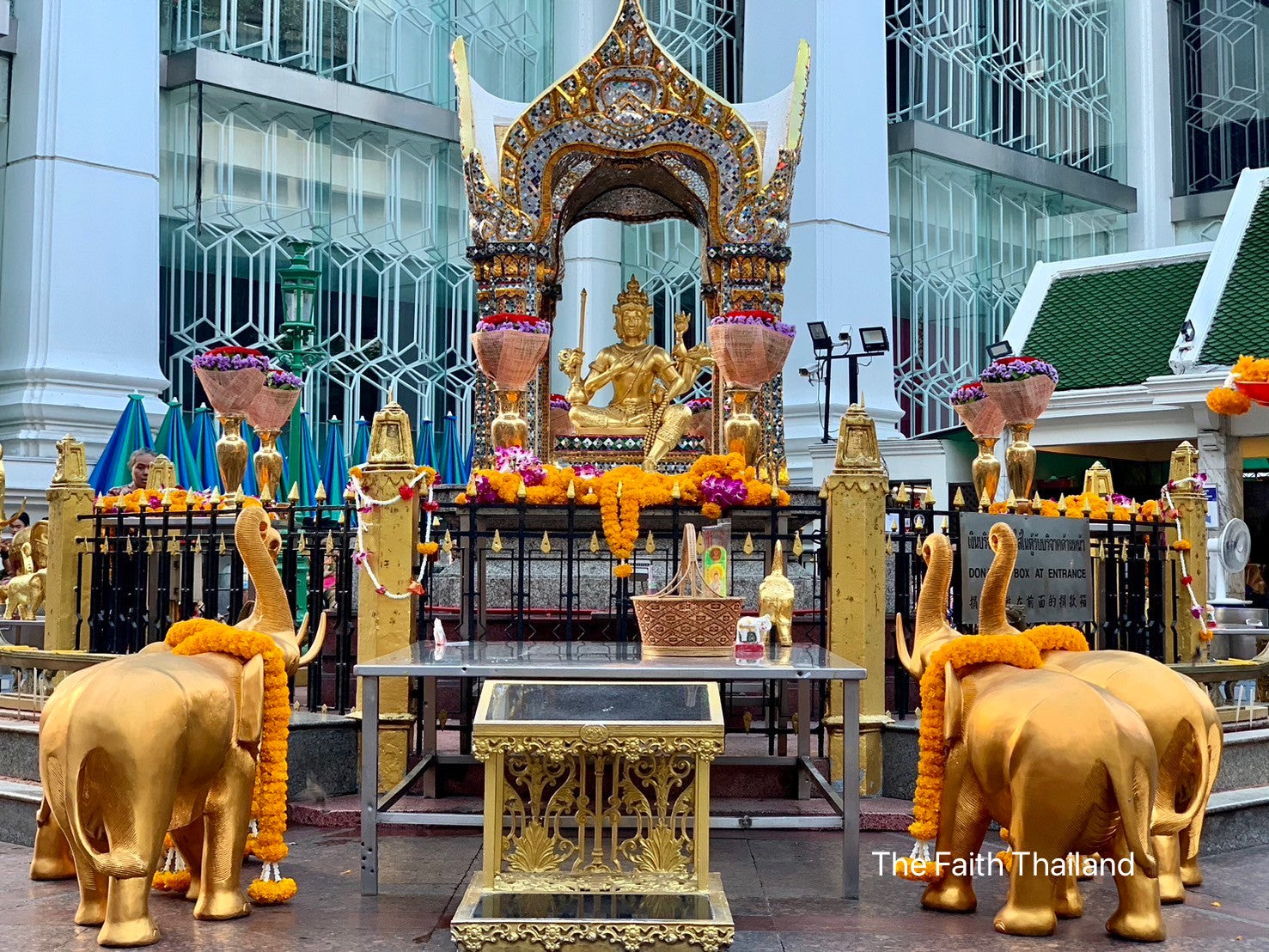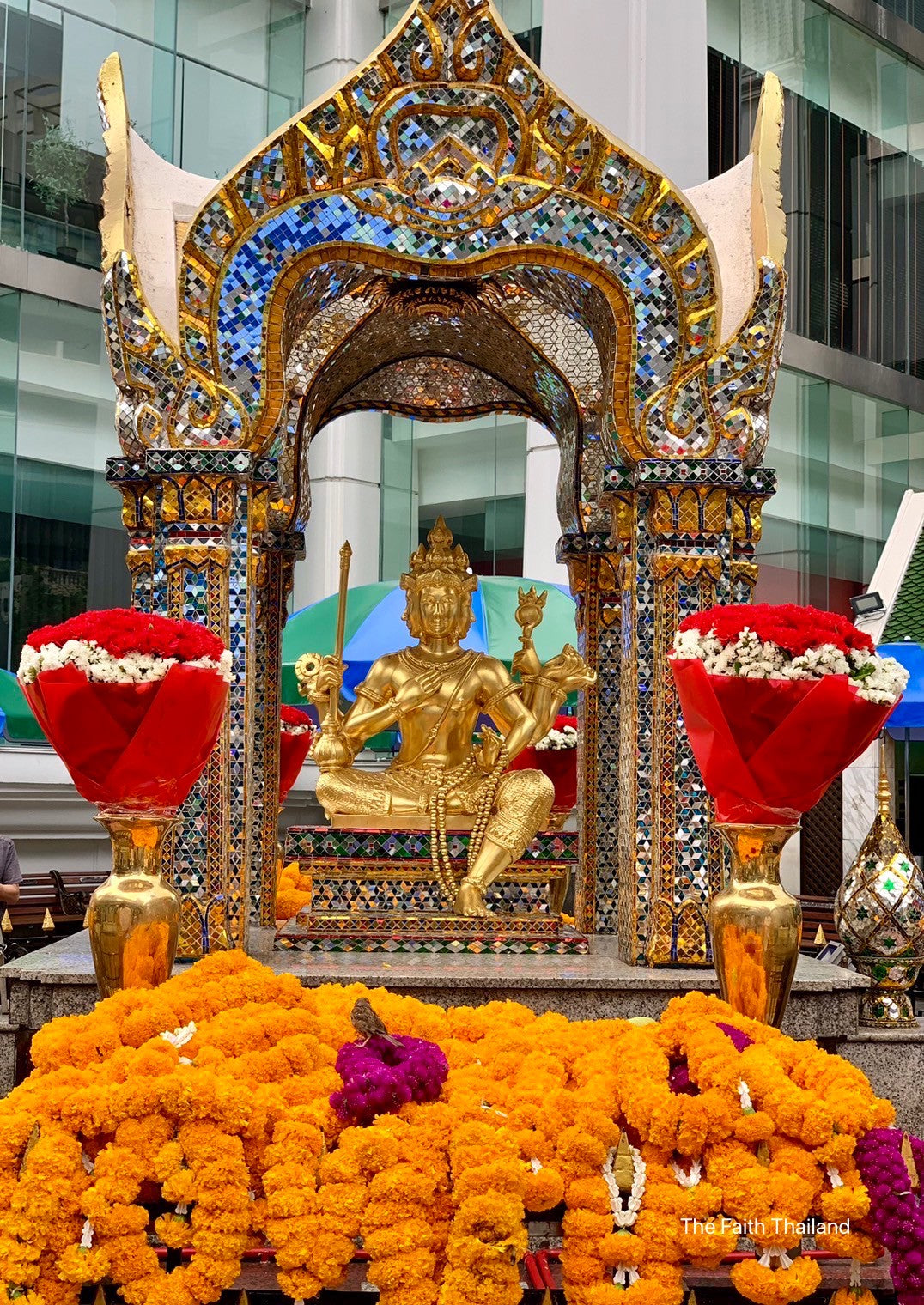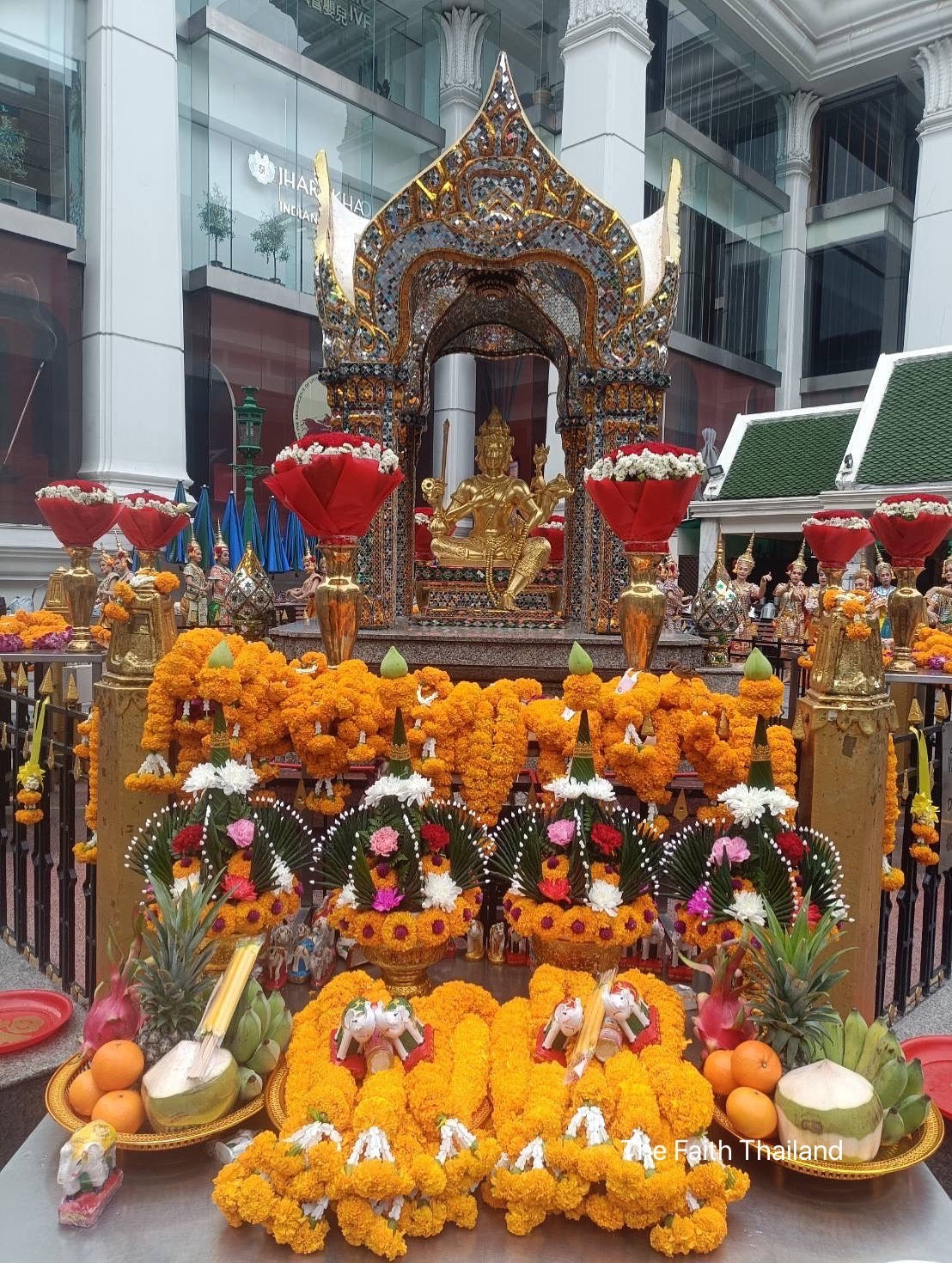Hidden Details of Wat Pho: Secrets of Sculpture and Architecture
Wat Pho, also known as Wat Pho, is located in Bangkok, Thailand. Its unique temple architecture and exquisite Buddha sculptures attract countless tourists to visit. However, this temple is not only a religious place, it also hides many amazing historical and artistic details waiting for us to explore. Today, let us start from the perspective of architecture and sculpture to uncover the little-known secrets behind Wat Pho.
Sculpture Art: Mysterious Symbols in Details
Wat Pho is famous for its giant reclining Buddha statue, which is 46 meters long, covered in gold and presents a peaceful expression that radiates compassion. However, if you look closely, you will find rich details hidden in the carving art. For example, the spiral pattern on the sole of the Buddha's feet is composed of 108 auspicious patterns inlaid with pearls, symbolizing the 108 virtues of the Buddha. These patterns not only show the extraordinary carving skills of Thai craftsmen, but also contain profound Buddhist philosophy.
The wall paintings in the temple are also worth noting. These paintings record the deeds of the seventh Buddha and incorporate Thailand's unique history and culture. This way of telling stories through art not only allows visitors to have a deeper understanding of Buddhist teachings, but also conveys meaningful historical information.
Architectural design: the perfect combination of symbolism and practicality
The architectural design of Wat Pho is also rich in symbolic meaning. The main buildings in the temple are symmetrically arranged, reflecting the Buddhist philosophy of balance and harmony. For example, the gate of the temple is in traditional Thai style, and the lintel is exquisitely carved, each of which symbolizes protection and blessing.
In addition, many tourists may overlook the design of other small Buddhist halls in the temple. Although these ancillary buildings are small in scale, they are full of exquisite carvings and decorations, reflecting the perfect pursuit of architectural art by Thai craftsmen. The layout of these buildings not only creates a sacred and solemn atmosphere, but also realizes natural lighting through precise design, keeping the temple fresh and bright at all times.
The Cultural Connection between Wat Pho and the Four-Faced Buddha
If you are deeply attracted by the culture and art of Wat Pho, you may want to learn more about other religious buildings in Thailand with similar cultural backgrounds, such as the Four-Faced Buddha in Bangkok. Read our blog post Four-Faced Buddha in Thailand: The Cultural Roots Behind the Supernatural Stories , which deeply analyzes the culture and supernatural legends of the Four-Faced Buddha and brings more inspiration to your historical exploration.
If you are interested in family rituals and blessings, you can read our other article Incorporating the Four-Faced Buddha Blessing into Family New Year Celebrations: Tips and Suggestions to learn how to create a harmonious and beautiful festive atmosphere at home.

If you are an academic striver, you may be interested in how to experience real academic prayers at the Erawan Shrine in Bangkok . This article will guide you in using the prayer ceremony to improve your academic fortune.
Bring back your faith and cultural symbols
After visiting Wat Pho, many people will want to continue this sacred experience in their lives. If you want to integrate Thai Buddhist culture into your daily life or are looking for Buddha products, you can visit our product list page to purchase handicrafts that represent holiness and blessings.
Call to Action: Start Your Historical Journey
The Reclining Buddha Temple is not only a symbol of architecture and sculpture art, but also a window to understand Thai culture and Buddhist philosophy. By observing these hidden details, we can feel the perfect interweaving of religion, aesthetics and history. If you love mysterious historical exploration and artistic beauty, don't miss the opportunity to visit the Reclining Buddha Temple next time.
Until then, please visit our blog page to learn more about the Erawan Shrine and Thai culture.
The Hidden Details of Wat Pho: Secrets in the Sculptures and Architecture
Wat Pho, also known as Wat Phra Chetuphon, is located in Bangkok, Thailand. Its unique temple architecture and exquisite Buddha sculptures attract countless visitors. However, this temple is not just a religious site; it also hides many astonishing historical and artistic details waiting for us to explore. Today, let's uncover the little-known secrets behind Wat Pho from the perspective of architecture and sculpture.
Sculpture Art: Mysterious Symbols in the Details
Wat Pho is famous for its giant reclining Buddha statue, which is 46 meters long and gold-plated, exuding a serene demeanor of compassion. However, if you look closely, you will find rich details hidden in the sculpture art. For example, the spiral patterns on the soles of Buddha's feet consist of 108 auspicious symbols inlaid with pearls, symbolizing the 108 virtues of Buddha. These patterns not only showcase the extraordinary carving skills of Thai craftsmen but also embody profound Buddhist philosophy.
Additionally, the murals on the temple walls are noteworthy. These paintings document the stories of Buddha's seven lives and incorporate Thailand's unique history and culture. This storytelling through art not only provides visitors a deeper understanding of Buddhist teachings but also conveys significant historical information.
Architectural Design: A Perfect Blend of Symbolism and Utility
The architectural design of Wat Pho is also rich in symbolic meaning. The main buildings in the temple are symmetrically distributed, reflecting the Buddhist philosophy of balance and harmony. For instance, the temple gates adopt a traditional Thai style, with exquisitely carved lintels where each pattern symbolizes protection and blessing.
Moreover, many visitors may overlook the design of other smaller shrines within the temple. Although these auxiliary buildings are smaller in scale, they are filled with intricate carvings and decorations, demonstrating Thai craftsmen's perfect pursuit of architectural art. The layout of these buildings not only creates a sacred and solemn atmosphere but also achieves natural lighting through precise design, ensuring the temple remains refreshingly bright.
Cultural Connection Between Wat Pho and Erawan Shrine
If you are captivated by the cultural arts of Wat Pho, you may also want to learn about other religious architectures in Thailand with similar cultural backgrounds, such as the Erawan Shrine in Bangkok. Read our blog post Erawan Shrine of Thailand: Cultural Roots Behind Spiritual Stories for an in-depth analysis of Erawan Shrine's culture and supernatural legends, providing more inspiration for your historical exploration.
If you're interested in family rituals and blessings, you can read our other article Incorporating Erawan Shrine Prayers into Family New Year Celebrations: Tips and Advice , learning how to create a harmonious festive atmosphere at home.

If you are a student striving for academic success, you might be interested in How to Experience True Academic Prayers at the Erawan Shrine in Bangkok , which guides you on how to enhance your academic luck through prayer rituals.
Bring Back Your Faith and Cultural Symbols
After visiting Wat Pho, many people want to continue this sacred experience in their lives. If you wish to incorporate Thai Buddhist culture into your daily life or are looking for Buddha-themed products, you can visit our product listing page to purchase crafts that symbolize sanctity and blessings.
Call to Action: Start Your Historical Exploration Journey
Wat Pho is not only a symbol of architectural and sculptural art but also a window to understanding Thai culture and Buddhist philosophy. By observing these hidden details, we can feel the perfect interweaving of religion, aesthetics, and history. If you love the mysterious exploration of history and the beauty of art, don't miss the opportunity to visit Wat Pho next time.
In the meantime, feel free to visit our blog page to further explore the rich content about Erawan Shrine and Thai culture.

